SubD examples and models
-
How to cut Holes into a Sphere
@pilou said:
Maybe this ?

thanks Pilou for your suggestion!
@thomthom said:
...The quads around it seem to flow in line with the hole...
thanks Thomthom for this bunch of possibilities!
I tried a just slightly more complex form for the proxy which in deed provides a much better result.
in this context, here are two interesting and well done videos which deal with this topic (they are Maya, but the principles are similar to SketchUp)
https://www.youtube.com/watch?v=7qe2MWrXGHo
https://www.youtube.com/watch?v=lvMfoH5Ikrc
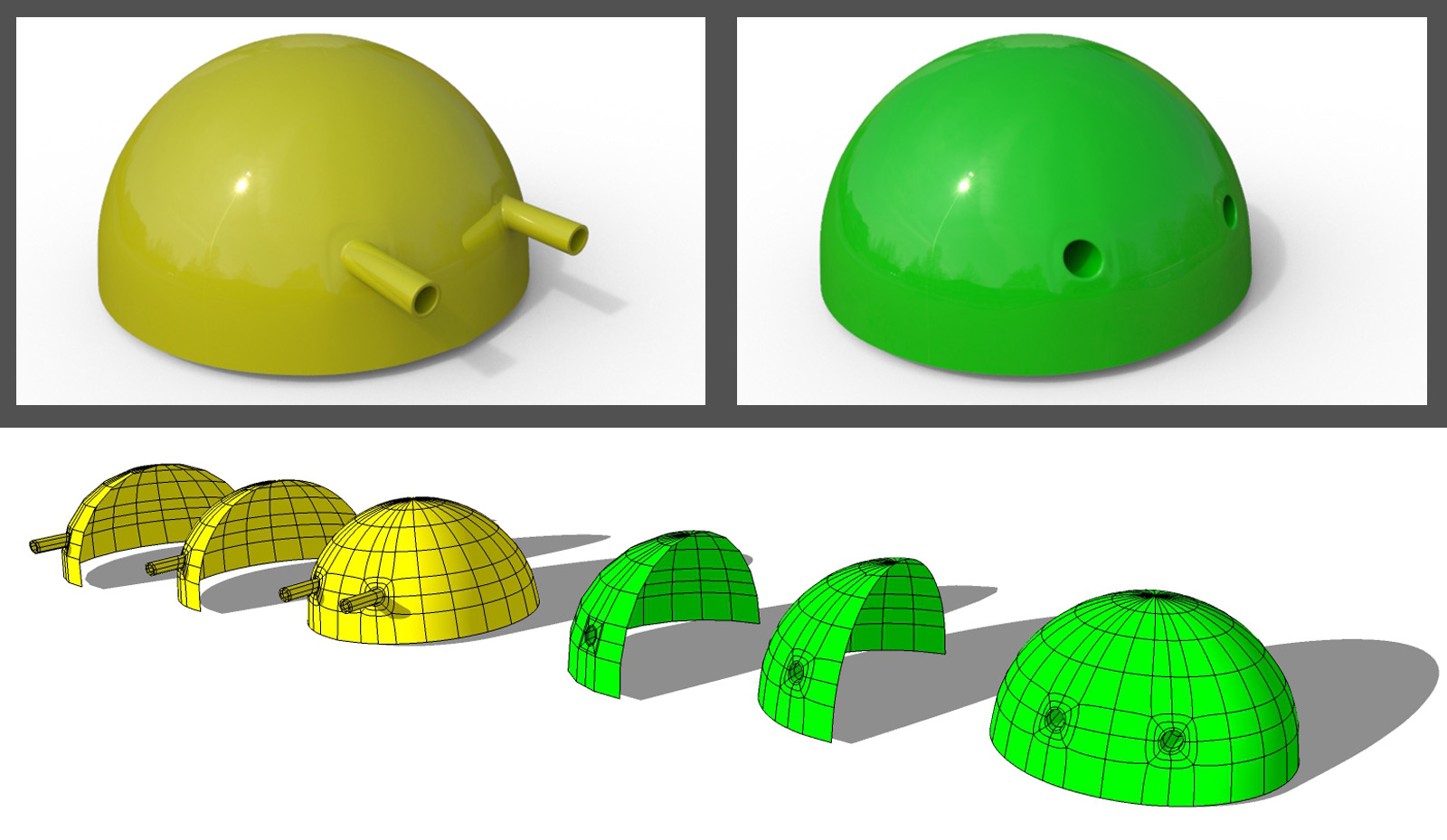
-
@hornoxx said:
I tried a just slightly more complex form for the proxy which in deed provides a much better result.
Thanks for the links! And thanks for sharing back your explorations.
This model is very interesting. What I'm thinking - looking at this - is that it appear that one want the extra loops to lie on the continuation of the original spherical shape;
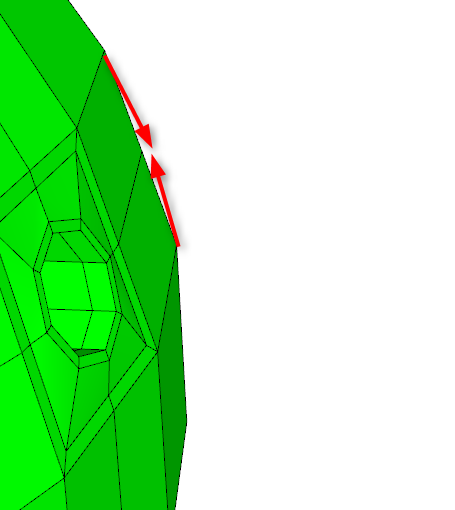
So maybe one can start out with a half-sphere with more segments - then strip away the loops you don't need. (Only keeping the extra ones around the eyes.) Then it might be possible to avoid the mesh around the eyes distorting and turning flat.
....hmm.... I need to tinker with this one.
-
Left-most is the starting point - circle with 48 segments in both vertical and horizontal. Then I removed removing some redundant loops - keeping the ones around the eye. Then extruded two tubes to intersect the sphere - horizontal center matched the horizontal loop on the sphere. The vertical axis of the tube didn't match the vertical loops of the sphere and here there's probably some minor distortion, but it was so close that it's not easy to see. Might be more visible is I render with glossy material.
But having the extra loops for the center axes of the tubes be lined up at the mathematical intersection of the sphere helped maintain continuation.
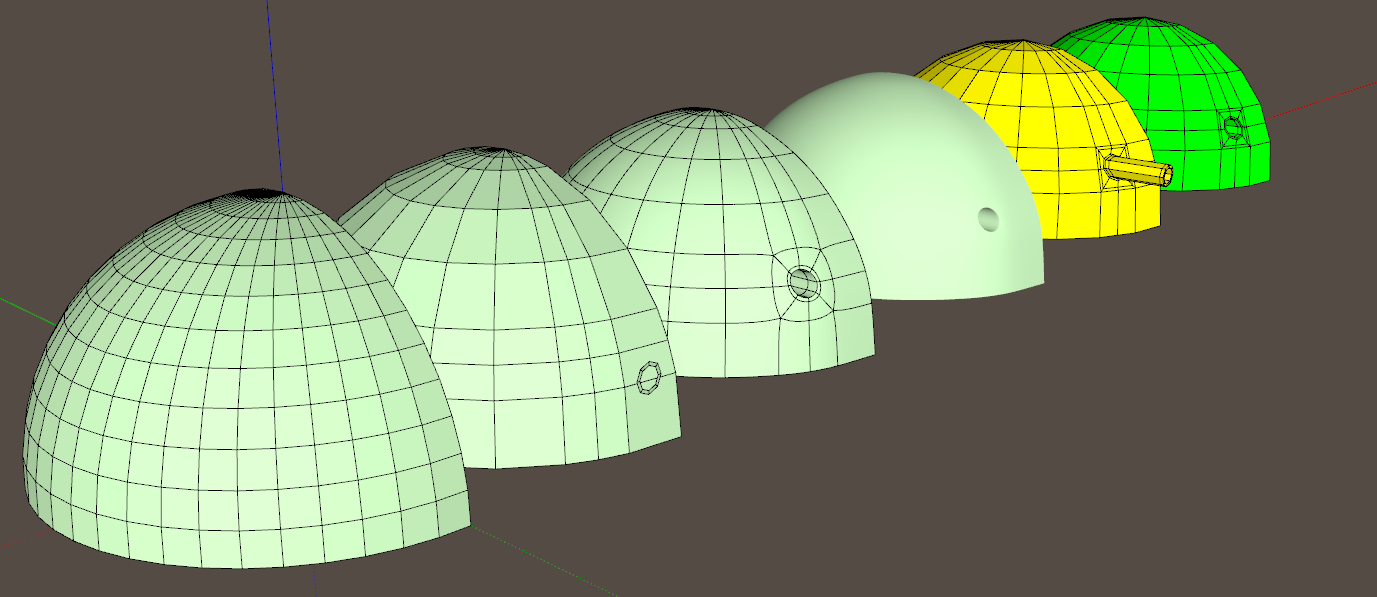
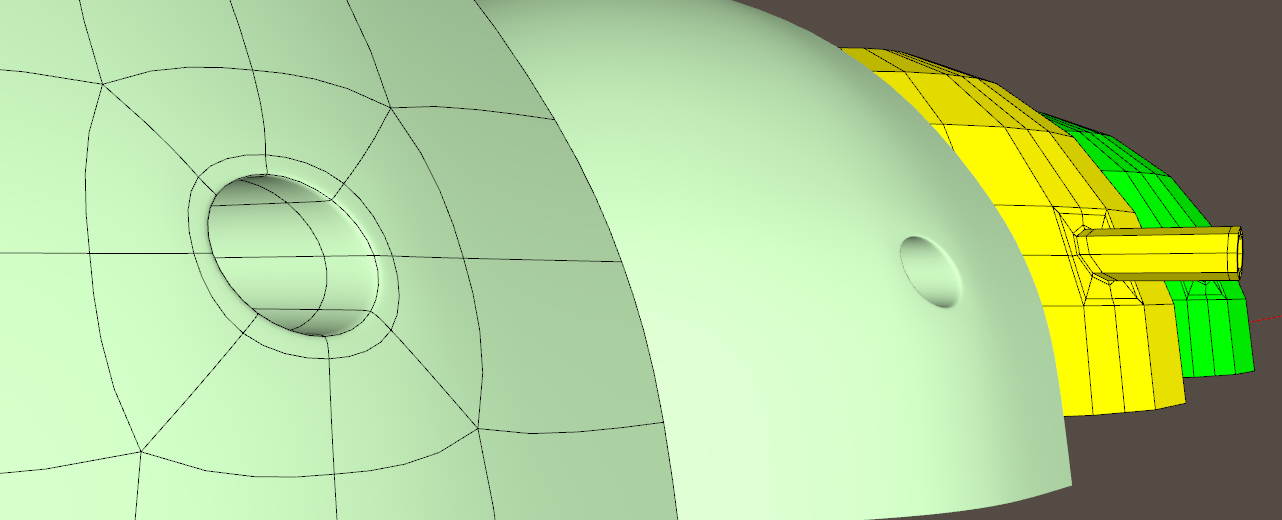
-
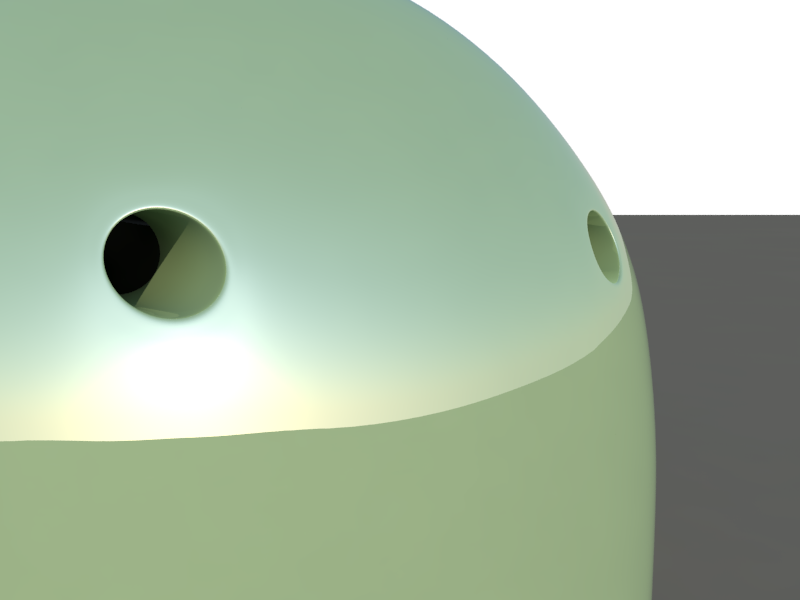
Still some minor distortion, but I think it could perhaps be corrected by pushing all the vertices around the eye to the limit surface of the sphere. ...hmm.... script maybe...
-
now maybe my Relax [FR] will be revisited? the edges artifacts can be better resolved with the ability to relax vertices at pinch points.
-
In this case I don't think Relax would help much - it might even make the surface flatter and cause more distortion.
But your sentiment is noted - Relax is high on the list. OpenSubdiv hi-jacked the top of the list.
-
@ThomThom - I like these examples. In particular sharing the file so I can see how you created the whole........
In continuing to learn how to use the tools, here is a very silly one. I created a vase, made it transparent, then place a piece of my car wash equipment inside it to demonstrate that it really was a quad face object using transparency. Yes the glass is too thick but that is part of learning as well.
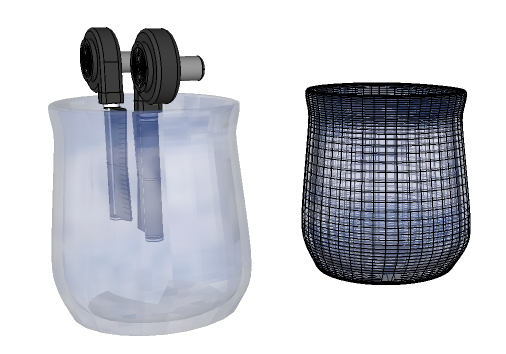
I had planned on starting my intro guide today but I am not feeling well so it might be a few days. I will start another thread when I am ready to share. In the mean time, I want to come up with something that I can draw in the guide that will demonstrate the basics and that I can use to really help people like myself (beginners in this area) to understand the what, why and how of using these tools. I am going to limit it to the basic steps of creating objects with quad faces. Later, I would then like to explore the topics of UV and hopefully rendering. But just one step at a time for now.
If anyone has a very basic object that you would like to see drawn with the quad face tools please feel free to share it with me. I do not plan to cover every aspect and every option with every tool but just include enough to help others who are trying to learn how to get started. I promise I will do that in another thread so that we get this one back on track.
I had to reduce some faces in order to include the skp file..........
-
Hey, how do you guys save out the renders with the wireframe? After doing a Thea render in the viewport with edges and saving it the edges where omitted. (I'm digging up all my ol' render licenses...)
-
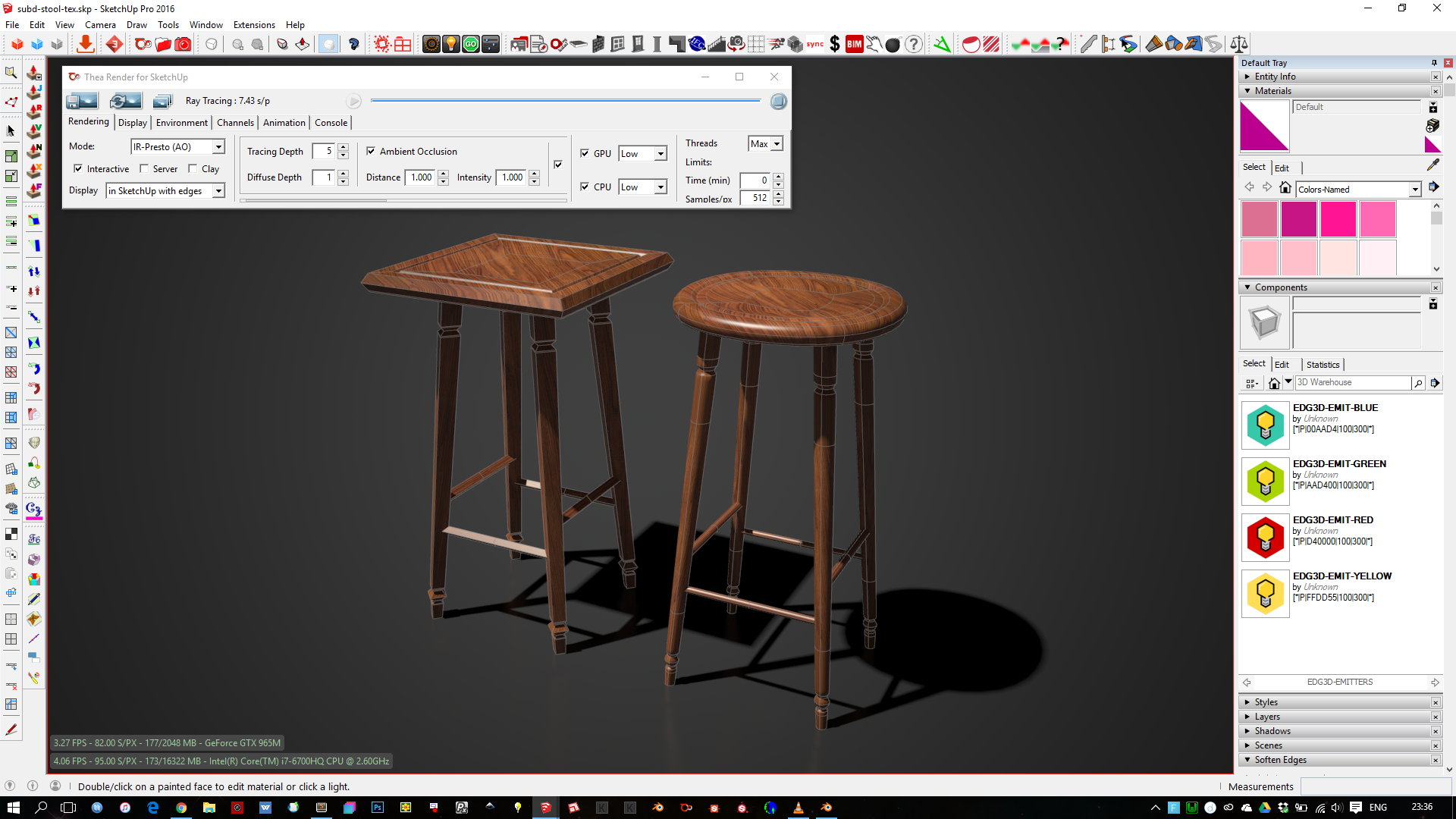
I find Presto AO to be best for quickies...
-
I used that, but when clicking save it omitted the edges...
-
@rich o brien said:
I find Presto AO to be best for quickies...
Nice looking Rich. What is Presto AO?
-
Screen grab with PicPick. It has option to grab only the workspace. Or ShareX can do it and send it on image hosting site in one click.
That's how I typically do it. Unless I'm missing a setting somewhere too?
Presto AO is the GPU engine that Thea Render uses. It is very fast and integrates with SketchUp seamlessly. You can render directly in the SketchUp viewport which is a massive advantage.
-
@thomthom said:
@garydorn said:
Is SubD something that could be used to smooth out and simplify the surface better than what I've modelled so far. - some of my surfaces are still too dimply.
Car modelling has been my main interest for QFT and SUbD. You can see a test model in the beginning of this thread: http://sketchucation.com/forums/viewtopic.php?f=397%26amp;t=63826#p584865
That car you got there would be really fun to model. I've been thinking that I want to model a rounder car like that. (Was thinking Cobra is similar.)
The AC Aceca is the coupe version of the AC ace, which was the basis of the ac/shelby cobra 260/289 ( ac ace with flared wheel arch ) which became the large flared 427 cobra.
I working on a AC 260/289 body version - the curves are quite challenging to get visually right.
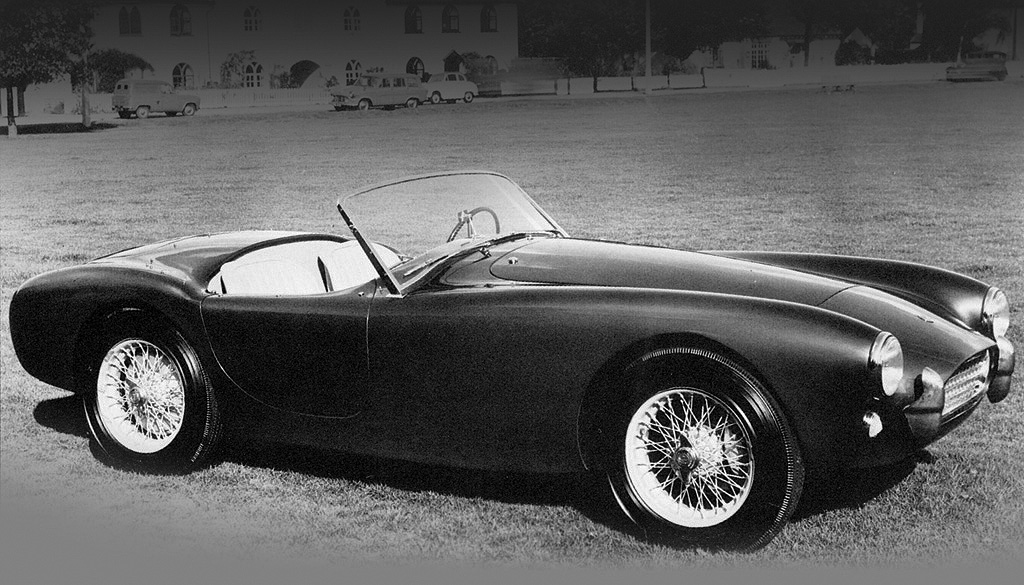
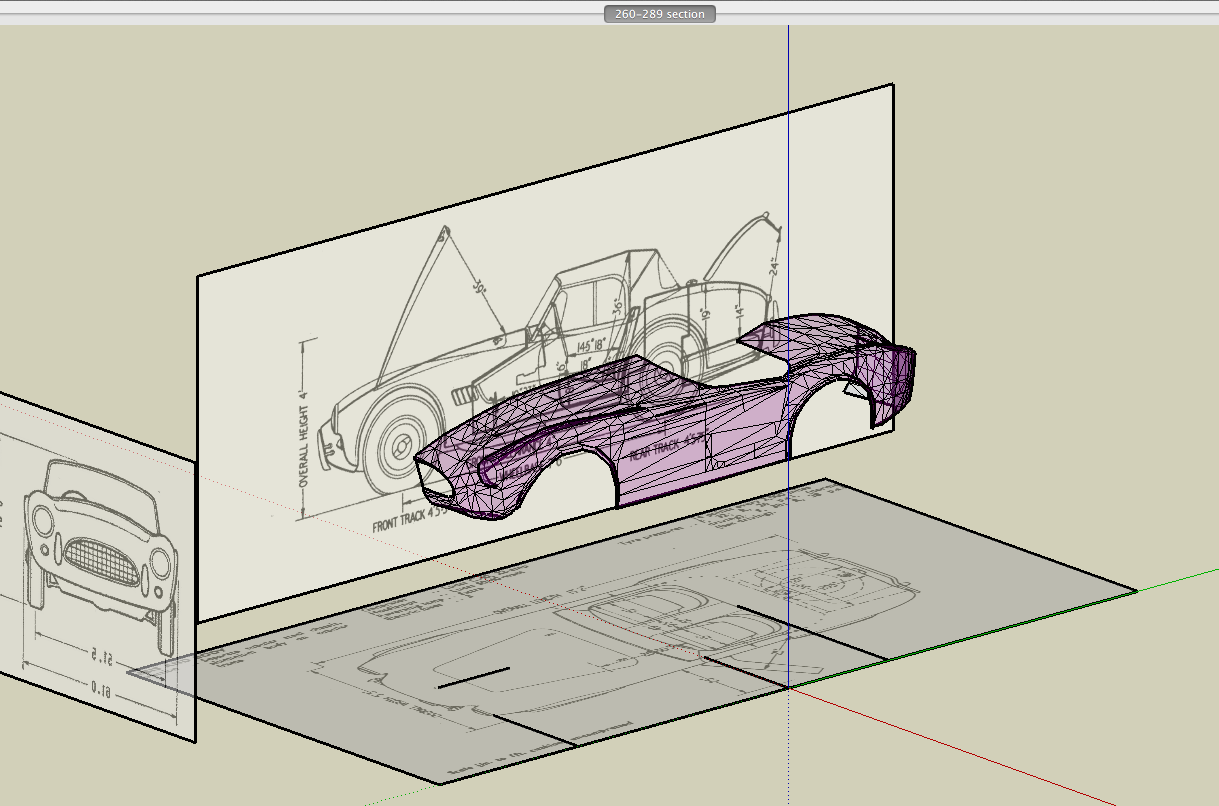
-
@thomthom said:
I used that, but when clicking save it omitted the edges...
You have to pick "SketchUp image" in the "save as" drop-down menu.
I have an older version of the plugin installed atm so I don't know if something has changed.@ntxdave said:
@rich o brien said:
I find Presto AO to be best for quickies...
Nice looking Rich. What is Presto AO?
Presto is a hybrid CPU+GPU engine.
Have a look here -
-
@thomthom said:
I used that, but when clicking save it omitted the edges...
@thomthom said:
Hey, how do you guys save out the renders with the wireframe? After doing a Thea render in the viewport with edges and saving it the edges where omitted. (I'm digging up all my ol' render licenses...)
@rich o brien said:
That's how I typically do it. Unless I'm missing a setting somewhere too?
You have to save "Sketchup Image(*.png)" on the image file options... If you want to render at a different resolution from your screen you have to separate your renders and do a non interactive render. Then, saving sketchup image will export the sketchup image as a png at the render resolution instead of screen resolution so you can easily blend in an image editor.
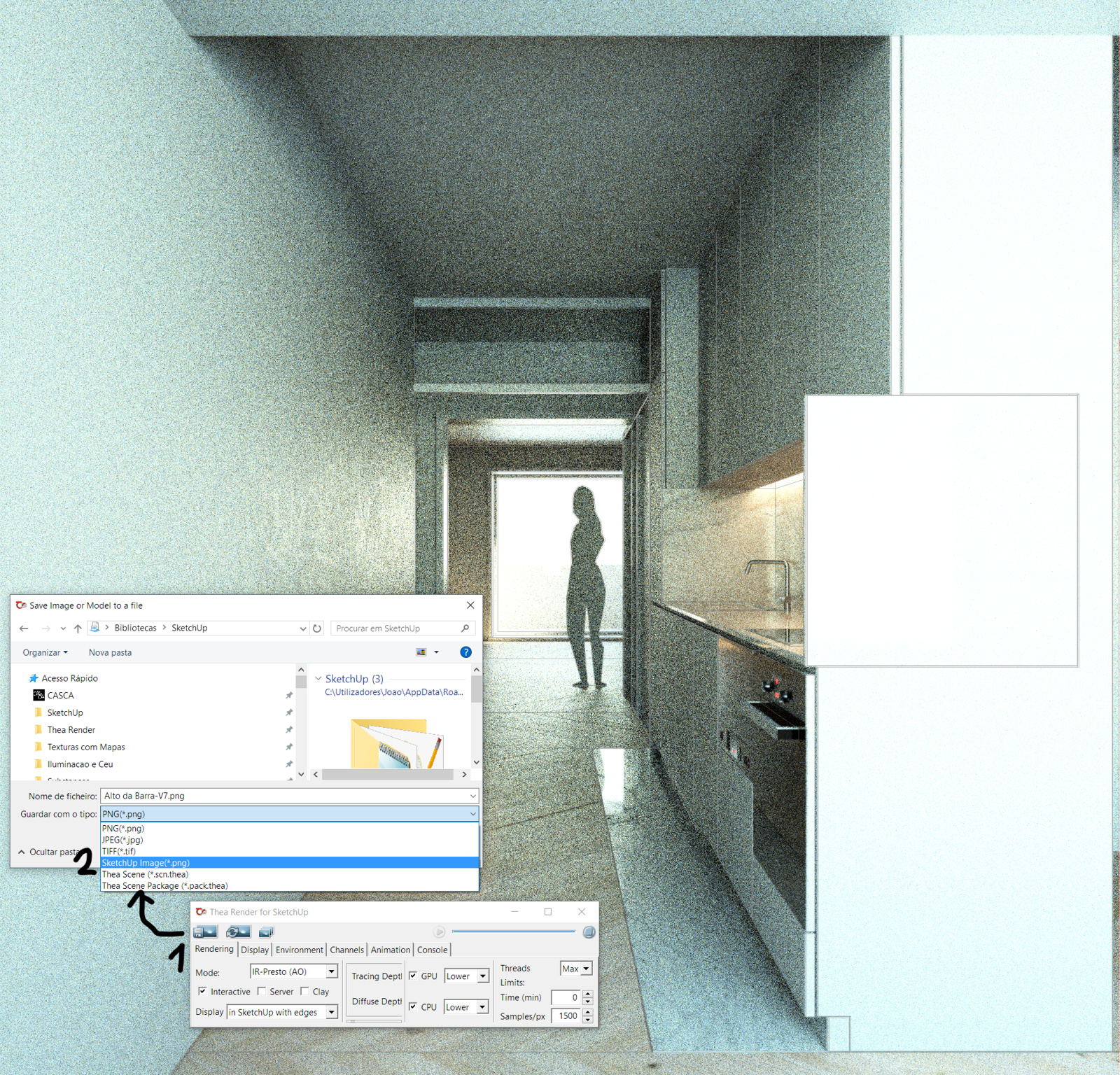
-
Sorry Massimo, missed your post...
-
It makes such lovely surfaces for rendering.
-
@Box that is some really nice rendering of those parts. I assume they were done with Thea. Is that true?
You guys make me feel really jealous. I wish I could come up with stuff that looked like that. I am wondering how some of my car wash equipment would look if rendered like that.
Something else for me to go try to learn............although I am learning, I am still struggling a little with the quad stuff. I think I am going to give up on trying to write my intro for beginners because I am still trying to learn how to use the tools correctly.
-
@ntxdave said:
You guys make me feel really jealous. I wish I could come up with stuff that looked like that. I am wondering how some of my car wash equipment would look if rendered like that.
Here's a quick and dirty example by just opening your file and replacing some of the materials with the standard Thea materials. Other other work done.

Advertisement








